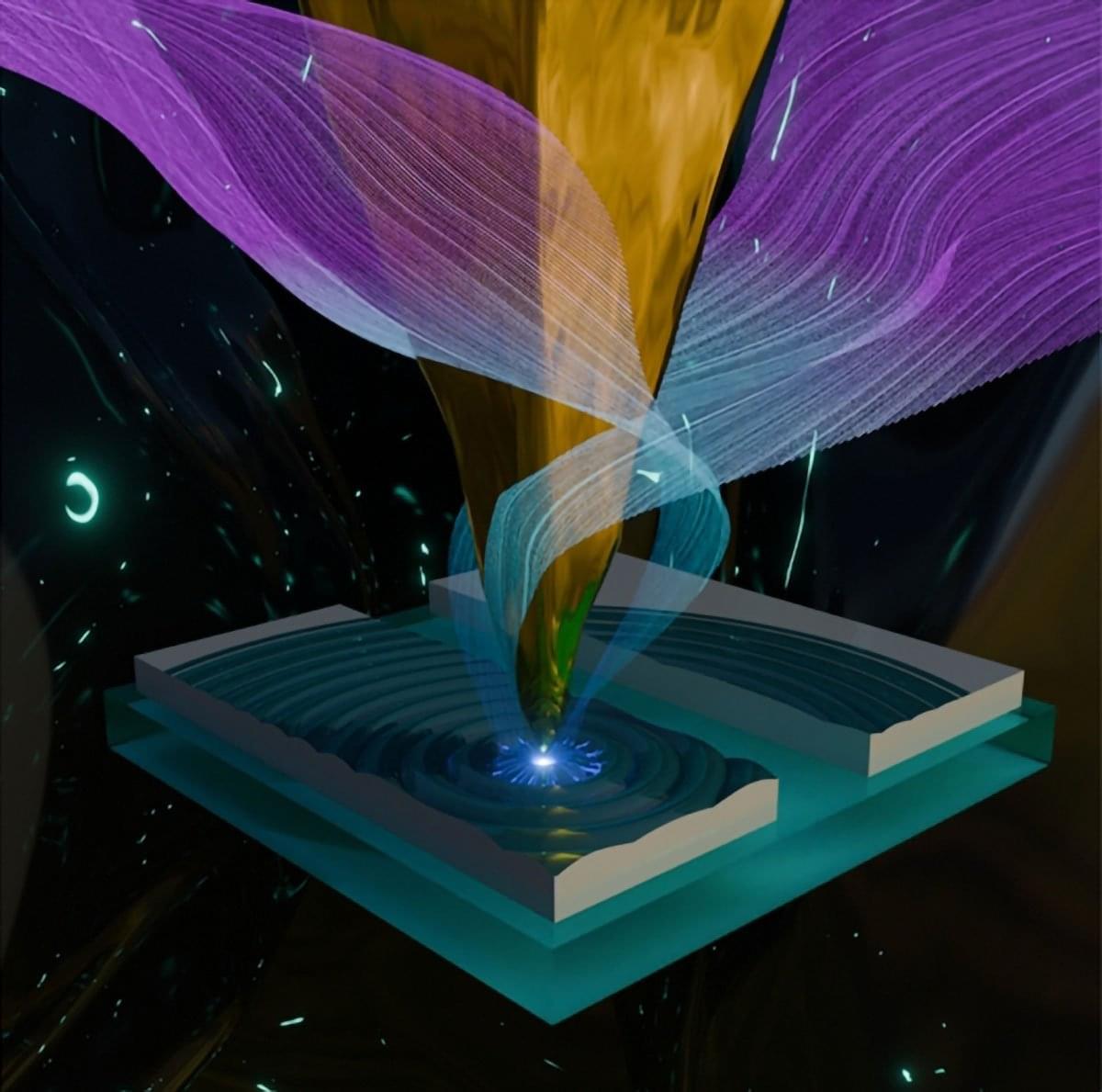A recent study found that ground shaking caused by moonquakes, not meteorite impacts, was responsible for altering the terrain in the Taurus-Littrow valley, the site of the Apollo 17 landing in 1972. The research also identified a likely source of these surface changes and evaluated the potential hazards by applying new seismic models, with results that carry important implications for both future lunar exploration and the development of permanent bases on the Moon.
The paper authored by Smithsonian Senior Scientist Emeritus Thomas R. Watters and University of Maryland Associate Professor of Geology Nicholas Schmerr was published in the journal Science Advances.








